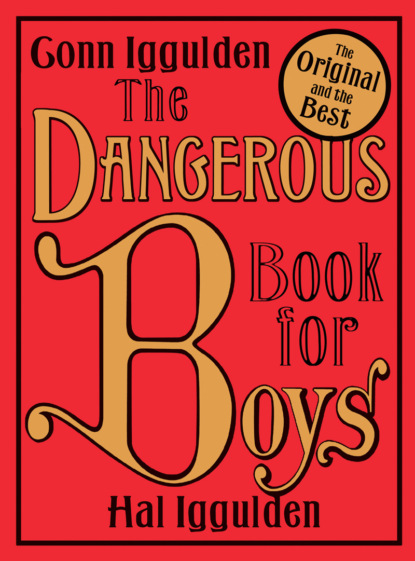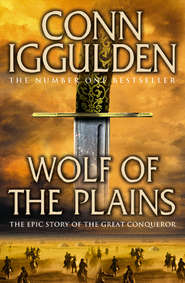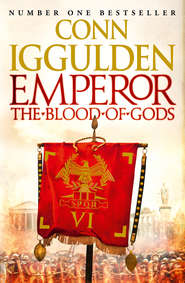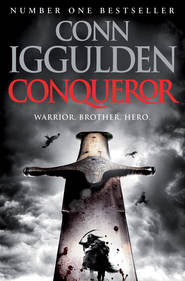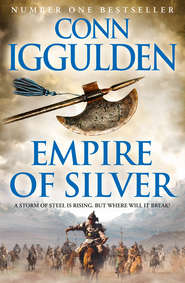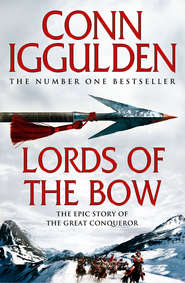По всем вопросам обращайтесь на: info@litportal.ru
(©) 2003-2024.
✖
The Dangerous Book for Boys
Настройки чтения
Размер шрифта
Высота строк
Поля
It isn’t that easy these days to get hold of an old tobacco tin – but they are just the right size for this sort of collection. One of the authors once took a white mouse into school, though considering what happened when he sat on it, that is not to be recommended. We think pockets are for cramming full of useful things.
1. Swiss army knife.
Still the best small penknife. It can be carried in luggage on planes, though not in hand luggage. It is worth saving up for a high-end model, with as many blades and attachments as you can get. That said, there are good ones to be had for £20. They are useful for jobs requiring a screwdriver, removing splinters and opening bottles of beer and wine, though this may not be a prime consideration at this time. Leather holders can also be purchased and the best ones come with a few extras, like compass, matches, pencil, paper and plasters.
2. Compass.
These are satisfying to own. Small ones can be bought from any camping or outdoor shop and they last for ever. You really should know where north is, wherever you are.
3. Handkerchief.
There are many uses for a piece of cloth, from preventing smoke inhalation or helping with a nosebleed, to offering one to a girl when she cries. Big ones can even be made into slings. They’re worth having.
4. Box of matches.
It goes without saying that you must be responsible. Matches kept in a dry tin or inside a plastic bag can be very useful on a cold night when you are forced to sleep in a field. Dipping the tips in wax makes them waterproof. Scrape the wax off with a fingernail when you want to light them.
5. A taw.
Your favourite big marble.
6. Needle and thread.
Again, there are a number of useful things you can do with these, from sewing up a wound on an unconscious dog to repairing a torn shirt. Make sure the thread is strong and then it can be used for fishing.
7. Pencil and paper.
If you see a crime and want to write down a car number or a description, you are going to need one. Alternatively, it works for shopping lists or practically anything.
8. Small torch.
There are ones available for keyrings that are small and light. If you are ever in darkness and trying to read a map, a torch of any kind will be useful.
9. Magnifying glass.
For general interest. Can also be used to start a fire.
10. Plasters.
Just one or two, or better still, a piece from a cloth plaster roll that can be cut with penknife scissors. They probably won’t be used, but you never know.
11. Fish-hooks.
If you have strong thread and a tiny hook, you only need a stick and a worm to have some chance of catching something. Put the hook tip into a piece of cork, or you’ll snag yourself on it.
The Greatest Paper Plane in The World (#ulink_f166fe1d-5da6-515a-97ea-d7cdd3fdc546)
IN THE 1950S, a secondary school headmaster found a boy throwing paper planes from a high window. The head was considering punishments when he noticed the plane was still in the air, flying across the playground below. The boy escaped a detention, but he did have to pass on the design to the schoolmaster – who passed it on to his own children. You will find more complicated designs. You may be sold the idea that the best planes require scissors and lessons in origami. This is nonsense.
The plane on the right – the Harrier – is simple, fast and can be made from a sheet of A4. It is the best long-distance glider you’ll ever see – and with a tweak or two, the best stunt plane. It has even won competitions. One was to clear the entire road from a hotel balcony next to Windsor Castle on New Year’s Eve. Four other planes hit the tarmac – this one sailed clear across. The one on the left – the Bulldog Dart – is a simple dart, a warm-up plane, if you like. It’s a competent glider.
THE BULLDOG DART
1 Fold a sheet of A4 lengthways to get a centre line.
2 Fold two corners into the centre line, as in the picture.
3 Turn the paper over and fold those corners in half, as shown.
4 Fold the pointy nose back on itself to form the snub nose. You might try folding the nose underneath, but both ways work well.
5 Fold the whole plane lengthways, as shown.
6 Finally, fold the wings in half to complete the Bulldog Dart.
Good – now you know a design that really works. You may have noticed the insect-like plane in the middle of the first picture. It does have complicated ‘floats’ and inverse folds. However, it just doesn’t fly very well and neither do most of the overcomplicated designs. We think that matters. Yes, it looks like a locust, but if it nose-dives, what exactly is the point?
Here, then, is the gold standard. It flies.
THE HARRIER
1 Fold in half lengthways to find your centre line and then fold two corners into that line, as shown.
2 Fold that top triangle down, as you see in the picture. It should look like an envelope.
3 Fold in the second set of corners. You should be able to leave a triangular point sticking out.
4 Fold the triangle over the corners to hold them down.
5 Fold in half along the spine, leaving the triangle on the outside, as shown.
6 Finally, fold the wings back on themselves, finding your halfway line carefully. The more care you take to be accurate with these folds, the better the plane will fly.
This plane does well at slower launch speeds. It can stall at high speed, but if you lift one of the flaps slightly at the back, it will swoop and return to your hand or fly in a great spiral. Fiddle with your plane until you are happy with it. Each one will be slightly different and have a character of its own.
The Seven Wonders of the Ancient World (#ulink_80f38efc-4a02-5715-a538-7190780f365a)
THE FAMOUS SEVEN WONDERS of the ancient world were: the Great Pyramid of Cheops at Giza, the Hanging Gardens of Babylon, the Temple of Artemis at Ephesus, the Mausoleum at Halicarnassus, the Colossus of Rhodes, the Statue of Zeus at Olympia and the Pharos Lighthouse at Alexandria. Only the pyramid at Giza survives to the modern day.
1. The Great Pyramid is the largest tomb ever built, created for the 4th Dynasty Egyptian pharaoh Khufu (2898–2875 BC), though he is better known by the Greek form of his name, Cheops.
It is one of the three great pyramids at Giza near Cairo, the other two being constructed for the pharaohs Menkaure and Khafre. The largest, for Cheops, was the tallest structure on earth for more than four thousand years, until the nineteenth century AD. Though the capstone was removed at some point, it would have stood at 481 ft (146.5 m) high.
The base is perfectly square – a feat of astonishing accuracy considering the sheer size of it. Each side of the base is 755 ft 8 in (231 m) long and each side slopes at 51 degrees, 51 minutes. It is composed of two million blocks of stone, each one weighing more than two tons. They fit together so well that not even a knife blade can be slid between them.
2. The Hanging Gardens of Babylon were built in what is now modern-day Iraq, on the banks of the river Euphrates. They were created by King Nebuchadnezzar for his queen between the seventh and sixth centuries BC.
Famously, they employed complex hydraulic systems to raise thousands of gallons from the river and keep the gardens blooming. We can only guess at the exact method, but an Archimedean screw, as shown here, may have been employed.





